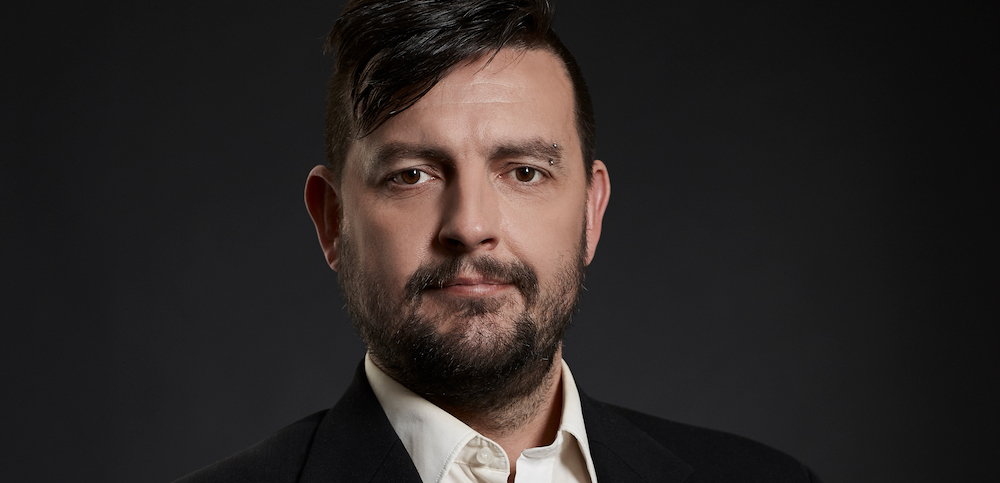It was a foul night – the weather, that is. Cold and wet, Melbourne shivered through its coldest May day in nearly 20 years. For those who had braved the elements (a near-capacity audience in Elisabeth Murdoch Hall) there was plenty of compensation. Charismatic violist Christopher Moore directed a chamber-sized manifestation of the Melbourne Symphony Orchestra from his instrument in a thoughtfully curated program of Pärt, Britten and Mozart. Holding together this seemingly disparate group of composers was the notion of the ‘concertante’ style; in other words an exploration of how composers pit smaller and larger groups of players against each other in a single work.
 Christopher Moore. Photo © Melbourne Symphony Orchestra
Christopher Moore. Photo © Melbourne Symphony Orchestra
Moore, who is well known to audiences from his long involvement with the Australian Chamber Orchestra, brought his infectious enthusiasm and a touch of larrikin humour to proceedings. The orchestra, apart from the cellos, stood to play, and given that Moore was directing from the viola, practicality dictated that this section stood facing the first violins. Unusual though this arrangement was, it worked well and there was no problem with balances within the group.
Played as a sequence, unbroken by applause, the first half consisted of Pärt’s Cantus in memoriam Benjamin Britten, succeeded by two early Britten works, the Rondo concertante and Young Apollo which featured solo pianist Stefan Cassomenos. Pärt’s towering totem of a score in the Aeolian mode was fervently delivered, its solid and fairly static texture providing a foil to the busy opening of the Rondo concertante. This two-movement torso by the 17-year-old Britten has been edited by Britten expert Colin Matthews. Cassomenos gave the work plenty of energy, delighting both in the first movement’s youthful muscularity as well as its all-too-obvious nods to Rachmaninov and the Russian romantics. The sparse, concluding Lento has the feel of an abandoned experiment, but it was a good bridge into the precocious world of Young Apollo.
Inspired by Britten’s intense affection for Wolfgang Scherchen or “Wulff” as he was known, and lines from Keats’ Hyperion, this “fanfare for piano and orchestra” is full of dazzling pianistic bravura interspersed with interchanges between the main body of strings and a solo quartet. Cassomenos and Moore brought plenty of panache to this short work, demonstrating how much the composer had matured in the nine years since the Rondo concertante. The ebullient conclusion in A Major also provided an optimistic close to the sequence begun in Pärt’s modal version of A Minor.
Mozart’s perennially popular Serenata notturna (K. 239) in the apt key of D Major opened the second half. Moore and his colleagues gave this music plenty of lilt and lift, emphasising the rhythmic qualities of the various movements. The solo concertino group of Sophie Rowell and Matthew Tomkins on violins, Moore on viola, and Damien Eckersley on double bass had plenty of fun particularly in the concluding Rondeau and even drew timpanist, Christopher Lane into the musical humour.
Reverting to the key of A, the orchestra gave a lively account of Mozart’s Symphony No. 29, emphasising the athleticism of the outer movements and clearly delineating the melodic elements of the inner Andante and Menuetto. Horns and oboes brought a festive quality to this final work in the program, and negotiated their contributions with sensitivity and accuracy. In keeping with the interest on musical contrasts, the interchanges between wind and strings were well focussed.
After such a concert the prospect of returning to the cold Melbourne night did not seem quite so daunting. Moore not only delights in making music, but also delights in working with his fellow musicians. Add the mercurial Cassomenos to the mix and you have a winning combination to fight the winter blues.











Comments
Log in to join the conversation.